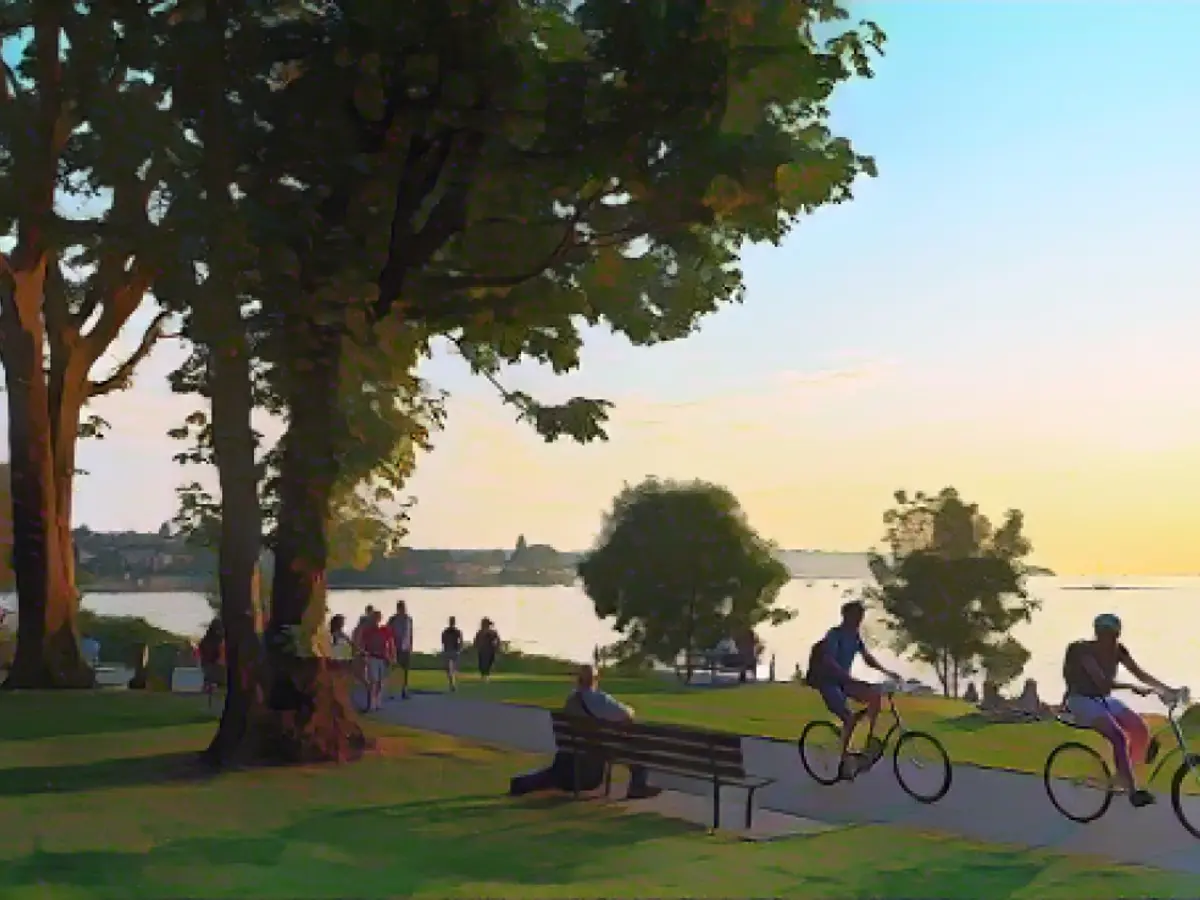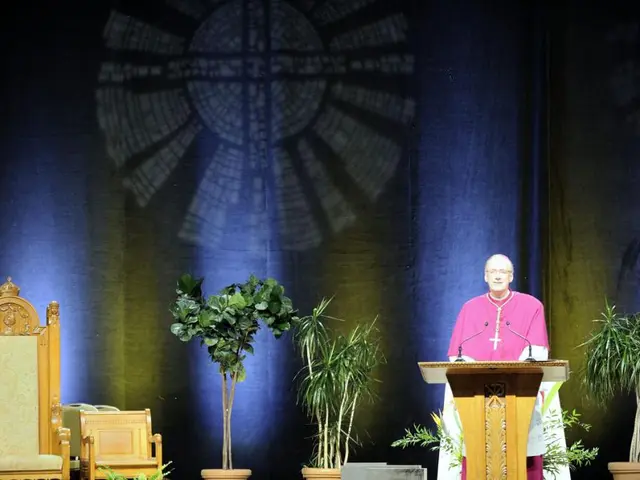Transforming Places into Thriving, Enduring Communities
You'll likely greet the elderly woman tending to her garden as you stroll past. Teenagers gather at the basketball court, and younger children play on the playground. Churchgoers organize a picnic on Saturday, while your dog, Milo, starts pulling at his leash when catching a whiff of the food market at the end of the block.
While these happenings are predictable, they all contribute to making this community a valuable place to live.
"Livable communities" refer to those built to enable people of all ages to thrive, according to Mike Watson, AARP's livable communities director. This designation allows a family with young children to feel integrated and connected even in their golden years.
Unfortunately, not everyone has the opportunity to join such thriving communities. Several nonprofit organizations, including Trust for America's Health and AARP, collaborate with communities across the United States to make services safer, more accessible, and more equitable for all demographics.
Research shows that social connections and community play a crucial role in longevity and positive health outcomes, while a lack of such connections and dissatisfaction can shorten lifespan. Livable communities can significantly contribute to extending and improving life.

What defines a livable community?
The factors that make a place livable vary by community, but there are common elements.
The Johns Hopkins Children's Hospital identifies four pillars of health: nutrition, physical activity, sleep, and behavior (which include stress management, support, and connection). Many factors contributing to a livable community support these foundations.
Watson emphasizes the importance of diverse transportation options. Secure roads are essential, but also inclusive infrastructure like barrier-free pedestrian paths and public transportation for non-drivers. Affordable housing options in various forms also allow more people to participate in thriving communities they love.
Affordable access to nutritious food and quality healthcare is also crucial for community members, whether using personal vehicles or public transit. According to Phillips, community resource gardens and farmers markets can also be significant assets, particularly for people with mobility issues or those caring for family members.
Another key factor, according to Phillips, is how effectively a community encourages social connections. Are there parks suitable for people of all ages? Do community centers, libraries, or places of worship exist? Is there a culture or system that encourages accountability between neighbors?
Watson notes that many resources are now primarily available online, meaning that high-speed internet can also make communities more accessible.
Not every community organized around senior needs wants to leave once those needs change, but these are suggestions to consider.

"I hear from patients and see from people we work with that you feel better when you engage more in the community you live and work in," says Dr. Mirnova Ceïde, an assistant professor of psychology and behavioral sciences at Einstein Medical College.
"Those who isolate or live in different communities can become quite depressed," she added.
Benefits for all
Regardless of what stage of life you're in, investing in a community that benefits everyone is always a good idea.
According to Phillips, future generations of 20-year-olds will eventually become the 60-year-olds of tomorrow. Therefore, planning a livable community for the long term benefits everyone.
"Millennials form a large generation," Watson emphasized. "They will likely live longer, so the country is aging."
However, young generations need not wait long for their share of capital appreciation, he added.
Parks and libraries that help seniors build social connections are just as important for children and young families, according to Watson. Additionally, safe and accessible pedestrian paths and crosswalks are essential for people with disabilities, wheelchairs, and families with strollers.
BUILDING CLOSER CONNECTIONS
To create thriving communities, begin by identifying the specific needs and assets in your city or neighborhood. Reach out to local leaders and community groups that align with your interests or goals. Collaborate with these organizations to create programs, initiatives, or events that promote social cohesion and address identified community needs.
Volunteer opportunities and participation in local leadership or advocacy groups are also instrumental in fostering connections. Additionally, attending local events and engaging with your neighbors are simple ways to build stronger bonds and create a more inclusive, supportive community.
By investing time and energy into building connections within your community, it can become a stronger, more resilient place for everyone to live, work, and grow.
- Engage with local stakeholders and community leaders to assess the specific needs and assets of your city or neighborhood.
- Collaborate with local organizations to create programs, initiatives, or events that promote social cohesion and address identified community needs.
- Volunteer opportunities and participation in local leadership or advocacy groups can foster connections within the community.
- Attend local events to engage with your neighbors and build stronger bonds.
- Join community groups that align with your interests or goals to elevate your involvement and impact in the community.
Source:
Enrichment Data:
The essence of a livable community depends on several factors, specifically those that address the four pillars of health, as identified by the Johns Hopkins Children's Hospital. These pillars include nutrition, physical activity, sleep, and behavior - stress management, support, and connection. The best communities embrace these foundations through:
- Transportation Infrastructure:
- Safe Streets: Secure and hospitable roadways are essential to support pedestrians, cyclists, and other non-motorized commuters.
- Accessible Public Transit: Regular and reliable public transportation alternatives can help minimize reliance on personal vehicles and improve accessibility for community members.
- Affordable Housing Options: A mix of housing types, from single-family homes to apartment complexes, senior living facilities, and affordable housing projects, ensures a broader representation of diverse income levels within the community.
- Overall Health and Wellness:
- Healthcare Services: Implementing comprehensive health services, including primary care providers, specialists, and mental health resources, ensures that community members have easy access to vital medical care.
- Healthy Food Availability: Strengthen the availability of fresh, healthy, and affordable food options through community gardens, farmers markets, food pantries, and cooperative grocery stores.
- Community Recreation Centers: Offer recreational facilities to encourage an active lifestyle, including community centers, swimming pools, fitness centers, and parks that cater to various age groups and interests.
By integrating these elements essential to building a livable community, it will be more hospitable and inclusive, supporting long-term health and well-being.








